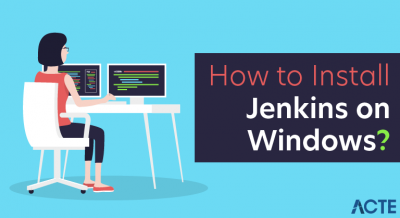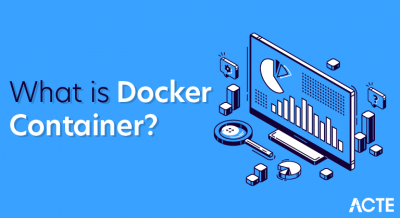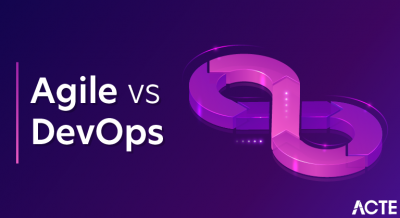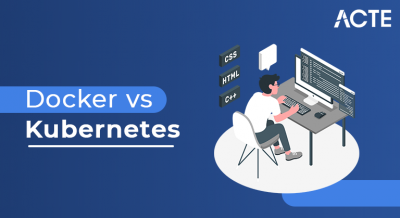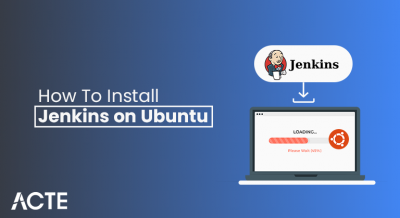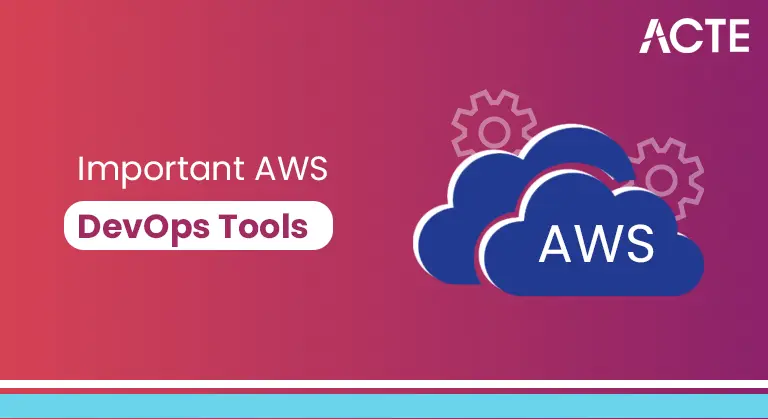
Introduction to Important AWS DevOps Tools:
AWS delivers services that allow you to rehearse DevOps at your business and that are constructed first for use with AWS. These tools automate manual jobs, support teams manage difficult situations at scale, and support makers are in possession of the high speed that is permitted by DevOps.
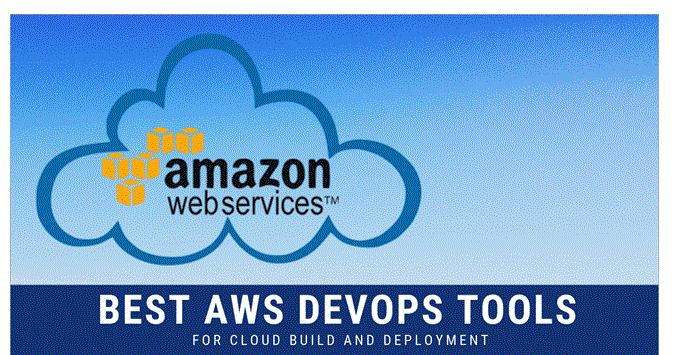
- AWS CodePipeline
- AWS CodeCommit
- AWS CodeBuild
- AWS CodeDeploy
- AWS CodeCommit is a secure online version control assistance that hosts private Git repositories. A team essential not support their own version control repository rather they use AWS CodeCommit to keep their source code or even binaries like the WAR/JAR/EAR files developed out of the build.
- With AWS CodeCommit you make a repository and every developer will clone it to their local machine, add files to it, and push it back to the AWS CodeCommit repository. One uses the common GIT commands with the AWS CodeCommit repository.
- For E.g. once the AWS CodeCommit repository is cloned to the local machine you would use controls like ‘git pull’, ‘git add’, ‘git commit’, ‘git push’ etc.
- As we have noticed the source code and other project artifacts are kept in the AWS CodeCommit repository.
- To execute Continuous Integration AWS CodeBuild like Jenkins fetches the most delinquent changes of the source code from AWS CodeCommit or GitHub repository as configured and based on the form specification YAML file (created as buildspec.yml) the controls are run based on the four stages like Install, Pre-build, Build and Post-build.
- Once the form is finished the artifacts (WAR/ZIP/JAR/EAR) are stowed in the AWS Storage which is an S3 bucket.
- As the name implies AWS Codedeploy is the deployment service that automates the deployment of the application (in this case WAR file) to the Amazon EC2 Linux or Windows instances.
- Since we now have the antiques held in the S3 bucket which was conducted using AWS CodeBuild the artifacts are then gathered up from the S3 bucket and deployed properly to the app server Tomcat or JBoss etc. in the AWS EC2 instance provisioning.
- AWS CodeDeploy relies on a YAML file called appspec.yml which has education on the deployment to the EC2 models.
Build and Deployment using AWS Tools:
From a Formation and Deployment point of view, we will look at the subsequent AWS benefits:
AWS CodePipeline:
AWS CodePipeline is equal to the Jenkins Pipeline which allows having a visual view of the end-to-end delivery process.
Source Code Repository – So your source code would require to be either in AWS CodeCommit or GitHub repository.
Build Service – AWS CodeBuild components will be configured as part of the pipeline.
Deploy – AWS CodeDeploy will be configured into the channel.
During the deployment method to different circumstances if any approvals are required they could be configured as well. So if there is a code change by the creator the visual presentation of Build and Deploy can be noticed to be automated.
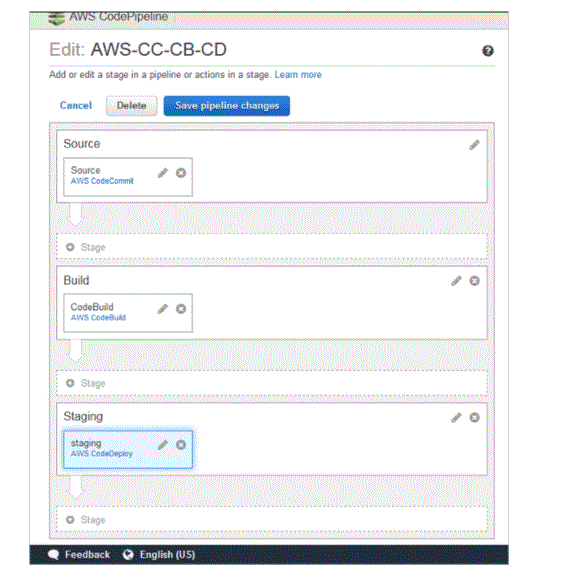
AWS CodeCommit:
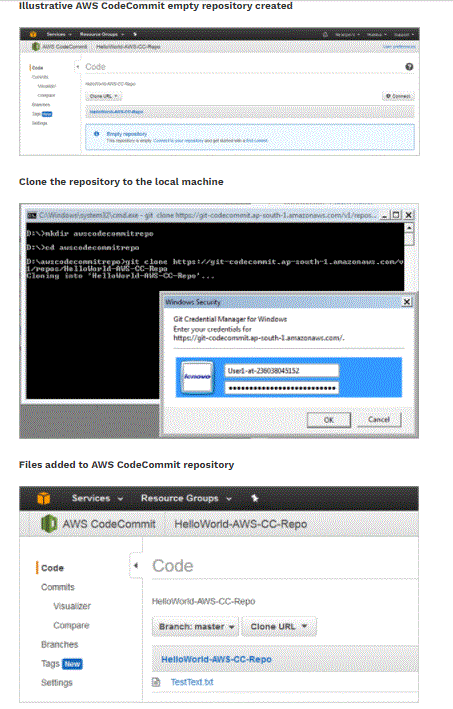
AWS CodeBuild:
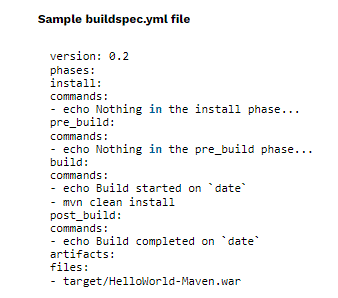
AWS CodeDeploy:
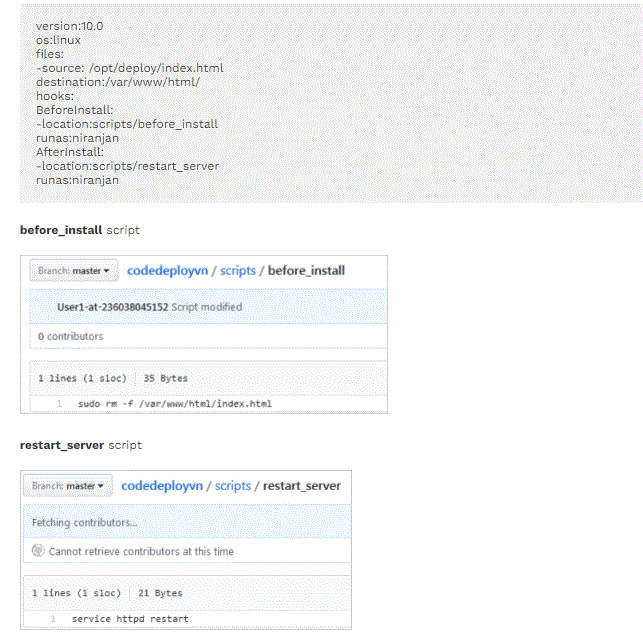
Jenkins Integration with AWS Services:
As said earlier, nowadays teams are utilizing Jenkins much as the defacto CI tool, and in most cases,s they would not actually like to move away from it but instead integrate with the AWS services which we discussed. While there are specific procedures applied and I have shown screenshots of the integration.
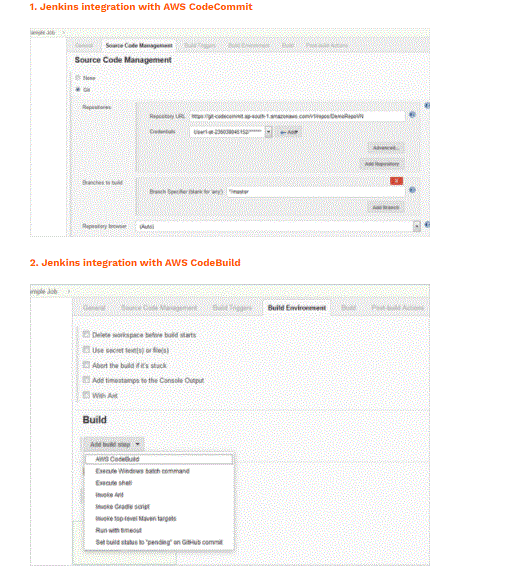
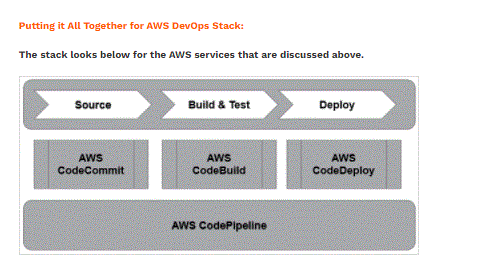
- DevOps in AWS allows bringing your organization together by leveraging infrastructure as code services like AWS CloudFormation and the AWS Cloud Development Kit (CDK).
- Continuous deployment is accomplished with the benefit of services like AWS CodeBuild, AWS CodeDeploy, AWS CodePipeline, and AWS CodeCommit.
- Applications are then deployed through benefits like AWS Elastic Beanstalk, Amazon Elastic Container Service (Amazon ECS), or Amazon Elastic Kubernetes Service (Amazon EKS), and AWS OpsWorks to facilitate the configuration of common architectures.
- Utilizing these benefits also makes it easy to contain other essential services like Auto Scaling and Elastic Load Balancing. Finally, monitoring and logging are accomplished via Amazon CloudWatch and Cloud Trail.
AWS DevOps Architecture:
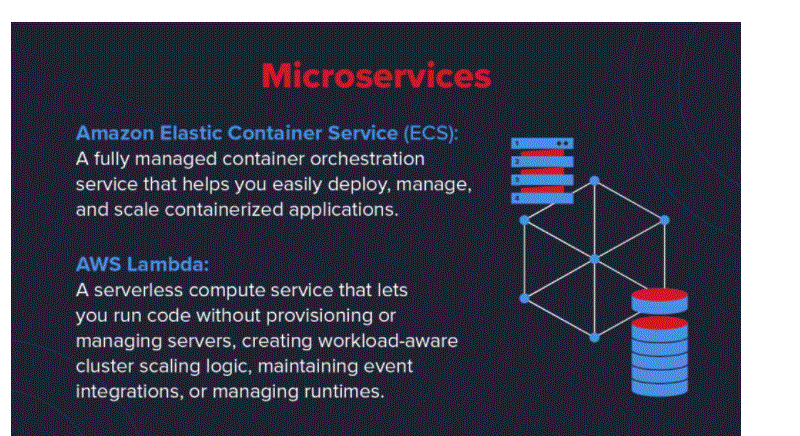
Why AWS DevOps?
To make the trip to the cloud smooth, efficient, and useful, technology companies ought to adopt DevOps principles and practices. These principles are ingrained in the AWS platform and thus the tools and services have the same benefits.
Get Started Fast: Each AWS service is willing to use if you have an AWS account. There is no setup needed or software to install.
Fully Managed Services: These benefits can assist you to take benefit of AWS help quicker. You can worry less about setting up, installing, and managing infrastructure on your own. This lets you focus on your core product.
Built for Scale: You can order a single model or scale to thousands using AWS services. These benefits allow you to make the most of elastic compute help by simplifying provisioning, configuration, and scaling.
Programmable: You have the opportunity to use each service via the AWS Command Line Interface or through APIs and SDKs. You can also model and provision AWS help and your whole AWS infrastructure utilizing declarative AWS CloudFormation templates.
Automation: AWS allows you to use automation so you can make it faster and more efficiently. Using AWS services, you can automate manual tasks or processes such as deployments, development & test workflows, receptacle management, and configuration management.
Secure: Utilize AWS Identity and Access Management (IAM) to set user licenses and procedures. This gives you granular management over who can access your help and how they access those resources.
Large Partner Ecosystem: AWS keeps a large ecosystem of partners which combine with and extend AWS services. Use your best third-party and open-source tools with AWS to create an end-to-end solution.
Pay-As-You-Go: With AWS purchase benefits as you require them and only for the time when you plan to use them. AWS pricing has no upfront fees, termination penalties, or long-term contracts. The AWS Free Tier helps you get commenced with AWS.
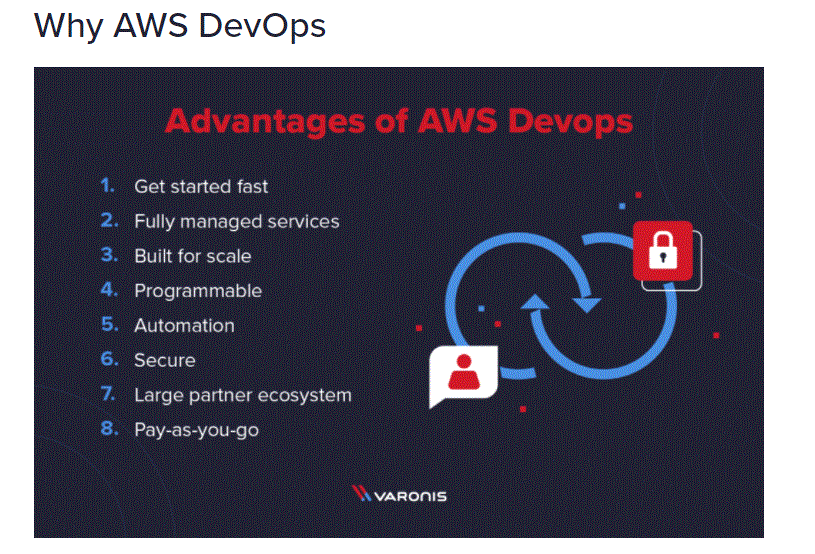
Conclusion:
Overall, DevOps teams can certainly take their productivity to the next level by utilizing the best AWS deployment tools. At ACTE, we always put the welfare of our customers over and have software products that meet their business requirements.

